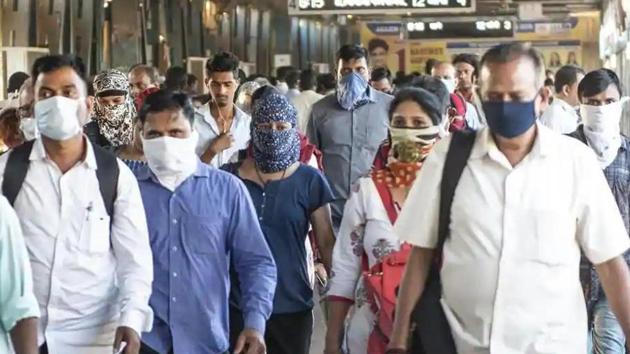What’s your life expectancy? This tool lets you find out
The actual number of years a person could expect to live for depends on a range of socio-economic factors, health conditions, climate, etc.
A child born in India could expect to live for nearly 69 years if the current mortality trends in the country were to continue, according to the latest Sample Registration System data released by the government.

This is an average, of course, and the actual number of years a person could expect to live for depends on a range of socio-economic factors, health conditions, climate, etc.
Because these factors significantly vary across states, the life expectancy is bound to differ across states as well. For example, a child born in states such as Kerala and Delhi could expect to live for nearly 10 years more than a child born in states such as Chhattisgarh or Uttar Pradesh.
Whether a person lives in a rural or urban area also has an impact on life expectancy. For example, a child born in an urban area of Assam could expect to live for nearly eight years more than a child born in a rural area of Assam.
Life expectancy also varies with gender and current age. Women on average live longer than men. The latest life expectancy data is for the period 2014 to 2018. A person born in this period could live around 10 years longer than a person born about two decades ago.
Use the following interactive tool to know a person’s life expectancy. This data is available for only 22 states (including undivided Jammu and Kashmir).
If you are reading this on a mobile device and are unable to see the interactive tool below, try opening this page in a normal mobile web browser such as Google Chrome.
Women born in urban areas of Himachal Pradesh have the highest life expectancy at birth – 80.6 years. This figure is the lowest at 62.9 years for men born in rural areas of Chhattisgarh. This is a difference of nearly 18 years in life expectancy for two children born in two different parts of India.






